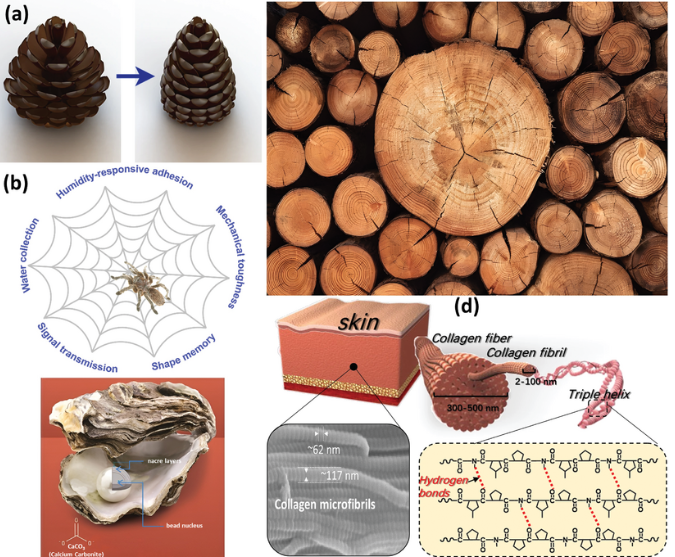Revolutionizing Optical Wave Manipulation: The Era of Microscale Photonic Lanterns
- Aniksha Kar
- Jun 4, 2024
- 2 min read

Optical wave manipulation has long been a cornerstone of various technological domains, from communication to imaging and directed energy applications. However, the systems performing these manipulations have often been bulky and cumbersome, limiting their widespread utilization to high-end applications. In a groundbreaking development, a recent study unveils the emergence of a free-standing microscale photonic lantern spatial mode (de-)multiplexer using 3D nanoprinting, heralding a new era in photonic technology.The Significance of Photonic Lanterns: Photonic lantern devices serve as vital tools in converting optical waves containing a superposition of modes or distorted wavefronts into arrays of separated single-mode optical signals. This technology holds immense promise in enabling space division multiplexing (SDM) in future high-capacity optical communication networks, as well as in imaging and other applications requiring precise spatial manipulation of optical waves.The Breakthrough Study: Led by Ph.D. candidate Yoav Dana, under the supervision of Professor Dan Marom and his team at the Institute of Applied Physics, Hebrew University of Jerusalem, in collaboration with scientists from Nokia Bell Labs, the study unveils the development and demonstration of a free-standing microscale photonic lantern spatial mode (de-)multiplexer. Notably, this diminutive photonic lantern is fabricated using a 3D nanoprinting technique, directly applied onto an optical fiber tip.Unlocking New Possibilities: Characterized by its compactness, minimal footprint, and ability to directly print on and adhere to photonic circuits, optical fibers, and optoelectronic elements, this spatial multiplexer opens new vistas in system integration and adoption of photonic technology. Its seamless integration into various technological contexts, thanks to 3D nano-printing and high-index contrast waveguides, revolutionizes traditional photonic lanterns, which were often millimeters to centimeters long and challenging to integrate with microscale photonic systems.Advantages and Performance: Despite its compact size (~100 micrometers), the device exhibits remarkable performance metrics. With low insertion loss (-2.6 dB), low wavelength sensitivity, and minimal polarization and mode-dependent losses (-0.2 dB and -4.4 dB respectively), it showcases the potential for high-fidelity optical wave manipulation in diverse applications.Conclusion: The development of this free-standing microscale photonic lantern spatial mode (de-)multiplexer signifies a monumental advancement in enabling and adopting spatial multiplexing for various optical systems and applications. As Professor Dan Marom highlights, this breakthrough not only makes space division multiplexing technology more accessible but also opens up a myriad of possibilities in optical communication, imaging, and beyond. The era of microscale photonic lanterns has dawned, promising a paradigm shift in optical wave manipulation.




Comments